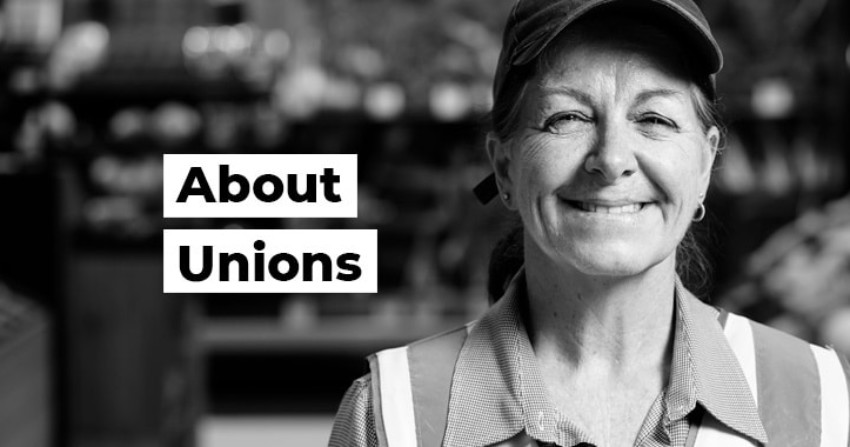According to ME Bank’s 10th anniversary edition of ME’s Household Financial Comfort Report which quantifies how comfortable Australian households feel about their financial situation, many households have a gloomy outlook, with one in three predicting negative long-term impacts to their financial situation due to COVID-19. Financial comfort is sitting at 6.04 out of 10 in December 2021, which is an increase of 3% from a year ago and 8% higher than December 2019 – pre-pandemic. However, there are some substantial disparities in financial comfort across life stages, regions, workforce, and housing tenure. There are also immediate worries faced by households impacted by record rental stress, and the climbing cost of living expenses, which skyrocketed to all-time highs and are especially weighing on households with no, or low savings and/or have low fixed incomes.
ME’s Consulting Economist, Jeff Oughton, said: “Following the phasing out of COVID-19 related Government assistance as well as the easing of restrictions, most households have maintained record financial comfort – largely reflecting rising residential property and investment markets, job gains driven by the economic recovery, high precautionary savings and record confidence in their ability to cope with a financial emergency. “On the surface, the financial comfort of the average Australian looks better than ever, but it’s fragile – and has begun to fall for many households – especially those with low comfort. The rising cost of necessities (such as rent, food, fuel etc) combined with fixed or stalling income gains and the long-term impacts of COVID-19 is causing financial worry among many households,” said Oughton.
ME’s General Manager, John Powell adds, “It’s encouraging to see financial comfort remain at record levels for the average Australian households despite facing some really challenging times over the past couple of years. “Contributing to record comfort is the extra cash many households have stashed away during COVID-19. It will be interesting to see whether this level of comfort is sustained as we emerge from tough restrictions and approach an important juncture where savings habits will either be maintained or lost completely.
“It’s a good time to make sure you have good money habits established, such as sticking to a savings plan and or a dedicated high-interest savings account to give your savings the benefit of healthy return,” said Powell.
The Report shows four key areas of concern for Australian households:
1. Record comfort may be short-lived as many households worry about long-term impacts of COVID
- Despite the pandemic entering its third year, the ongoing impacts of COVID-19 is one of the greatest worries faced by households (26%).
- Currently, 25% of households reported COVID-19 worsened their financial comfort, slightly less than those who reported the pandemic’s impact had been positive (27%).
- Many households remain pessimistic about the future, with one in three households expecting negative impacts to their financial situation due to the long-term effects of COVID.
- In attempt to take cover from the financial impacts of the pandemic, there has been a record reduction in discretionary spending by 44% of households while 15% used emergency savings.
2. Comfort with savings is at record high, but households are starting to cautiously unwind savings, and others are beginning to overspend
- On average, comfort with savings is at its peak, around 16% higher than pre-pandemic in December 2019. However, as restrictions ease, some households have already begun to unwind high precautionary savings; additionally, the number of households that typically spend more than their income is rising, and the amount of overspending has risen to levels higher than anything seen since 2012. “We are approaching an important juncture for households – some may choose a path of retaining their high level of savings, and others will revert to old habits,” said Mr Oughton.
- Not all households have responded to the pandemic by saving more. Despite the record savings comfort, one in five households could only maintain lifestyle for up to one month if they lost their job, and 11% for less than two weeks – or the equivalent of a short COVID-19 lockdown.
- Additionally, over one in five households (22%) reported less than $1,000 in cash savings, including 12% with less than $100.
3. Cost of necessities is the top worry for Australian households, as costs rise and incomes stall
- The cost of necessities has surged to be the biggest worry by far for Australian households – rising 9 percentage points since June 2021 to a near record 43% of households, as many households have been increasingly confronted by a sustained increase in living costs, compounded by relatively subdued incomes.
- Heightened worry about the cost of living is widespread among single parents (53%) and empty nesters (51%), households with incomes below $40k (50%) and households with less than $1,000 in cash savings (59%).
- Among households whose financial situation worsened in the past six months, 20% claimed the cost of necessities as a primary reason.
4. Rent stress is at record levels
- Two out of three renters (67%) experience rent stress, as they paid out more than 30% of their household disposable income to cover rental payments. Almost one in five renters (19%) report extreme rental stress with more than 60% of their household income going towards paying rent, compared to 12% a year ago when rent moratoriums were still prevalent and recent large rent increases hadn’t yet come into’ place.
- Rents continued to rise faster than disposable incomes, with the average proportion of disposable income spent on rent increasing by a further 2% to about 42%, over the past six months.
- In contrast, mortgage stress is substantially lower than rental stress with 35% of mortgagees paying more than 30% of their household disposable incomes on repayments, compared to 42% in June 2021 and 37% a year ago.
The full copy of ME’s 21st Household Financial Comfort Report can be found at www.mebank.com.au./hfcr.










SHARE:
Australian households face mixed picture, with long-term outlook gloomy.